View all Standards for Virginia Standards Of Learning (2020)
TI.3 The student will analyze, interpret, and evaluate theatre.
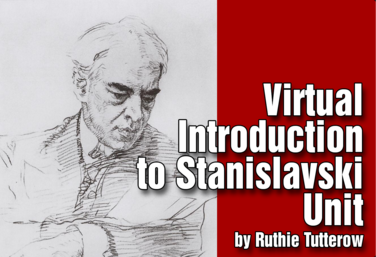
Virtual Introduction to Stanislavski
by Drama Teacher Academy

Part of the Drama One Curriculum
What is Theatre?
by Karen Loftus
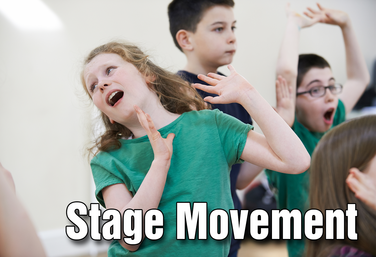
Part of the Drama One Curriculum
Stage Movement
by Karen Loftus
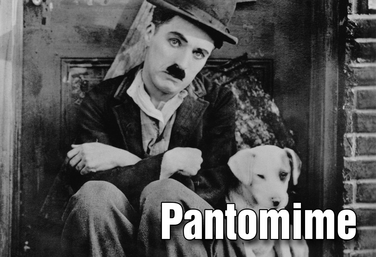
Part of the Drama One Curriculum
Pantomime
by Karen Loftus

Part of the Drama One Curriculum
Voice
by Karen Loftus
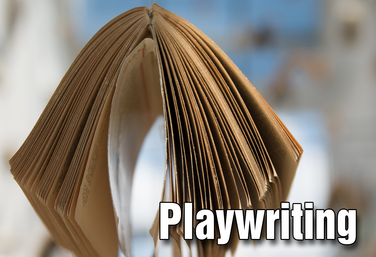
Part of the Drama One Curriculum
Playwriting
by Karen Loftus

Part of the Drama One Curriculum
Drama One Final Project
by Karen Loftus

Monologue Writing Made Easy
by Matthew Banaszynski
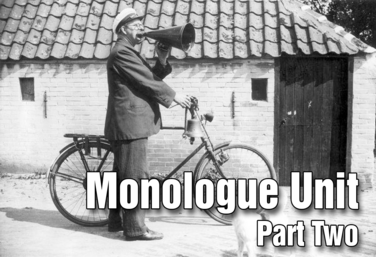
Part of the Drama Two Curriculum
Monologues - Part 2
by Matt Webster
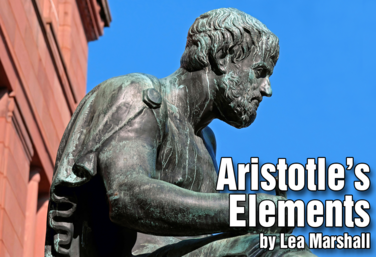
Aristotle's Elements
by Lea Marshall
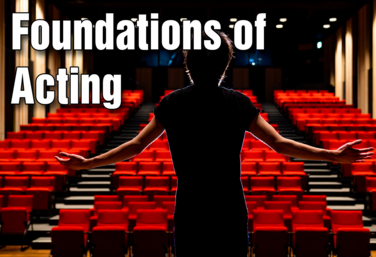
Foundations of Acting
by Annie Dragoo
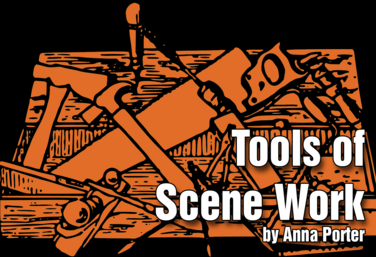
Tools of Scene Work
by Anna Porter
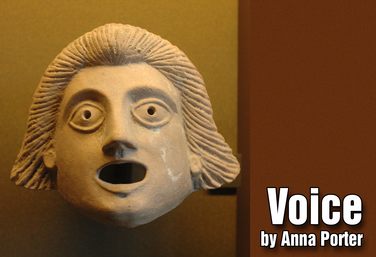
Voice
by Anna Porter

Pantomime
by Angel Borths

Part of the Distance Learning Curriculum
What is Theatre?
by Lindsay Price and Karen Loftus

Part of the Distance Learning Curriculum
Voice
by Lindsay Price and Karen Loftus

Pantomime
by Anna Porter

Part of the Distance Learning Curriculum
Pantomime
by Lindsay Price and Karen Loftus
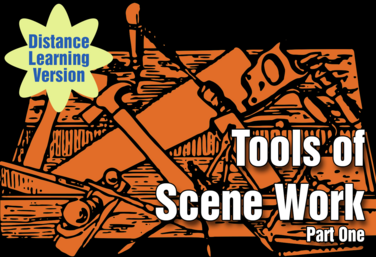
Part of the Distance Learning Curriculum
Scene Work: Part 1, Tools of Scene Work
by Lindsay Price
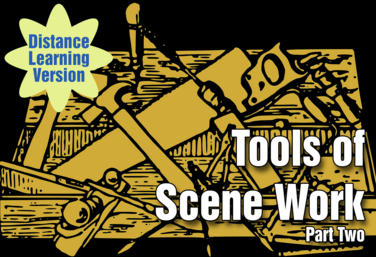
Part of the Distance Learning Curriculum
Scene Work: Part 2, Student Self Staging
by Lindsay Price
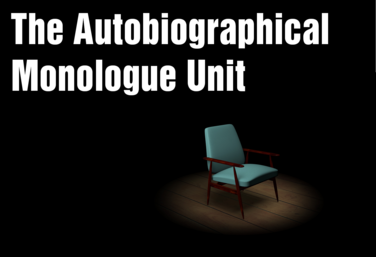
The Autobiographical Monologue
by Gai Jones

The Actor in Transition: From Presentational to Three-Dimensional
by John Minigan

30 Second Monologues
by Lindsay Price
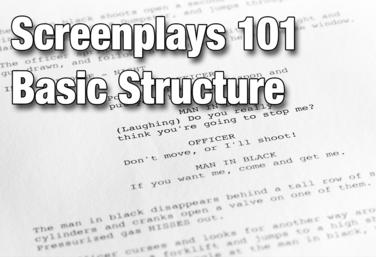
Screenplays 101: Basic Structure Unit
by Nicholas Pappas
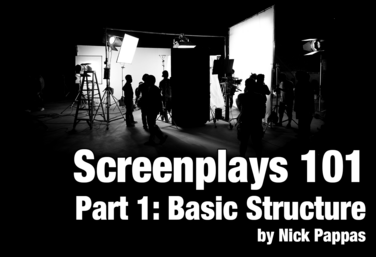
Screenplays 101 - Part 1: Basic Structure
by Nicholas Pappas
View all Standards for Virginia Standards Of Learning (2020) Standards Master List